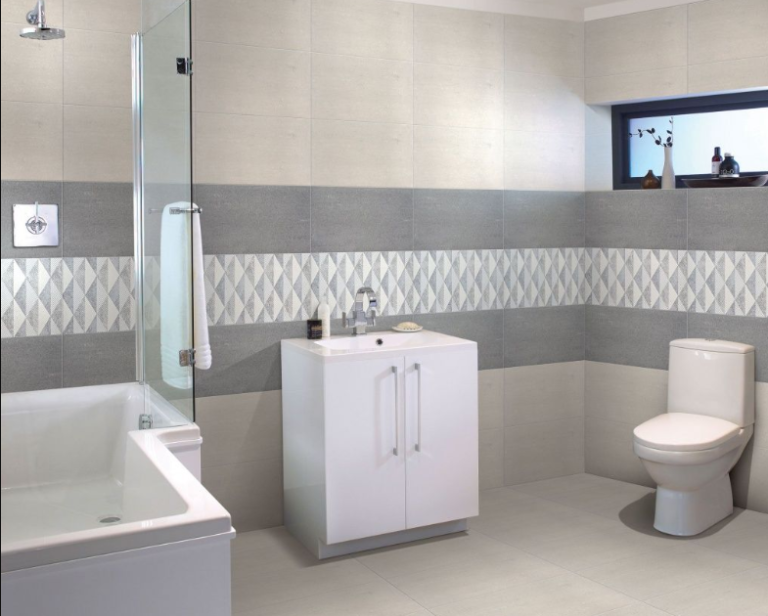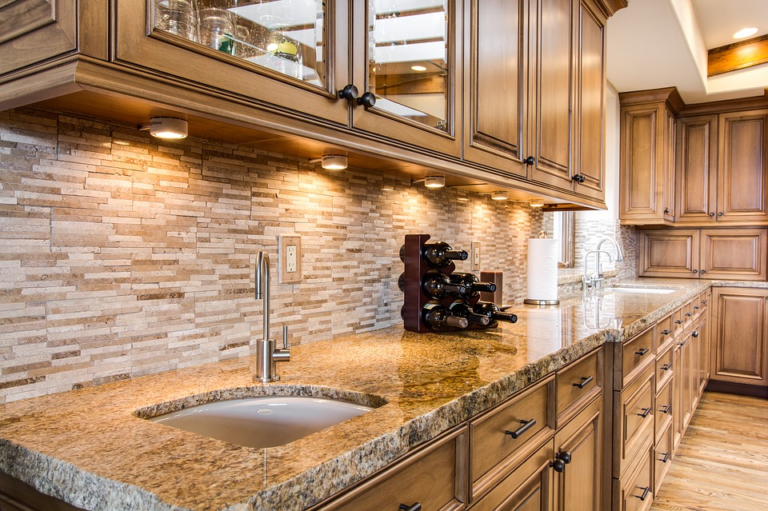I. Introduction
Creating a healthy and comfortable living environment involves considering various aspects, and one often overlooked factor is the choice of paints and finishes used in our homes. For individuals with allergies or sensitivities, opting for hypoallergenic paints and finishes can significantly contribute to a breathable and allergy-friendly space. In this guide, we’ll explore the benefits, considerations, and key factors to keep in mind when choosing hypoallergenic paints and finishes for your home.
II. Understanding Hypoallergenic Paints
a. Definition
- Low VOC Formulas: Hypoallergenic paints typically have low levels of volatile organic compounds (VOCs), minimizing off-gassing and potential respiratory irritants.
- Allergen-Free Ingredients: Some formulations exclude common allergens, making them suitable for individuals with sensitivities.
b. Benefits for Health
- Reduced Respiratory Irritation: Low VOC levels contribute to improved indoor air quality, reducing the risk of respiratory issues.
- Minimized Allergic Reactions: Allergen-free formulations decrease the likelihood of triggering allergies or sensitivities.
III. Types of Hypoallergenic Paints and Finishes
a. Zero-VOC Paints
- Definition: Completely free of volatile organic compounds, these paints offer the lowest possible emissions.
- Usage: Ideal for bedrooms, nurseries, and areas where air quality is a top priority.
b. Low-VOC Paints
- Moderate Emissions: Low-VOC paints emit fewer chemicals than traditional paints, striking a balance between air quality and durability.
- Versatility: Suitable for various areas of the home, providing a compromise between environmental impact and performance.
c. Natural and Organic Paints
- Ingredients: Derived from natural sources like plant oils, minerals, and water, these paints often exclude synthetic chemicals.
- Limited Off-Gassing: Minimal off-gassing makes them a preferable option for those with chemical sensitivities.
d. Milk Paints
- Base Ingredients: Comprising milk protein, lime, and pigments, milk paints are a natural and biodegradable choice.
- Vintage Aesthetic: Ideal for achieving a vintage or rustic look, milk paints offer an eco-friendly alternative.
IV. Considerations When Choosing Hypoallergenic Paints
a. Coverage and Durability
- Coverage Quality: Assess the paint’s coverage capabilities, ensuring it meets your aesthetic preferences.
- Durability: Opt for hypoallergenic paints that provide long-lasting and durable finishes.
b. Application Process
- Ease of Application: Consider paints that are easy to apply, whether you’re a DIY enthusiast or hiring professionals.
- Drying Time: Be mindful of drying times, especially if you have limited ventilation.
c. Color Options
- Variety: Hypoallergenic paints come in a variety of colors, allowing you to achieve the desired aesthetic for your space.
- Customization: Some brands offer color matching services or the ability to create custom shades.
V. Finishes and Sealants
a. Low-VOC Finishes
- Definition: Finishes, such as varnishes or sealants, with low VOC levels complement hypoallergenic paints, ensuring the entire surface is allergy-friendly.
- Protection: These finishes offer protection against wear and tear while maintaining indoor air quality.
b. Natural Oils and Waxes
- Ingredients: Derived from natural sources, these finishes provide a protective layer without harmful chemicals.
- Enhanced Wood Grain: Ideal for showcasing and enhancing the natural beauty of wooden surfaces.
VI. Application Tips and Best Practices
a. Ventilation and Safety
- Proper Ventilation: Ensure adequate ventilation during and after painting to disperse any remaining fumes.
- Safety Precautions: Wear protective gear, such as masks and gloves, during the application process.
b. Testing Samples
- Patch Testing: Apply small samples of hypoallergenic paints and finishes to test for compatibility and satisfaction.
- Observation Period: Allow a period of observation to ensure no adverse reactions before full application.
VII. Conclusion
Choosing hypoallergenic paints and finishes is a proactive step toward creating an allergy-friendly and health-conscious living space. Whether opting for zero-VOC, low-VOC, natural, or milk paints, the market offers a variety of options to suit different preferences and needs. Considering factors such as coverage, durability, and application ease, you can confidently select paints and finishes that contribute to both a visually appealing and hypoallergenic home environment.
FAQs
- Q: Can hypoallergenic paints match the durability of traditional paints?
- A: Yes, many hypoallergenic paints are designed to provide comparable durability to traditional paints, ensuring long-lasting finishes.
- Q: Are hypoallergenic paints suitable for all surfaces?
- A: Hypoallergenic paints are versatile and can be used on various surfaces, including walls, ceilings, and trim, depending on the specific product.
- Q: Do hypoallergenic paints cost more than traditional paints?
- A: While some hypoallergenic paints may have a slightly higher upfront cost, the long-term health benefits and environmental considerations often outweigh the initial expense.
- Q: Can I use hypoallergenic finishes on existing painted surfaces?
- A: Yes, hypoallergenic finishes can be applied to existing painted surfaces to enhance their durability and maintain indoor air quality.
- Q: Is there a specific cleaning routine for surfaces painted with hypoallergenic paints?
- A: Hypoallergenic paints can typically be cleaned with mild, non-toxic cleaning solutions. Avoid harsh chemicals to preserve indoor air quality.






